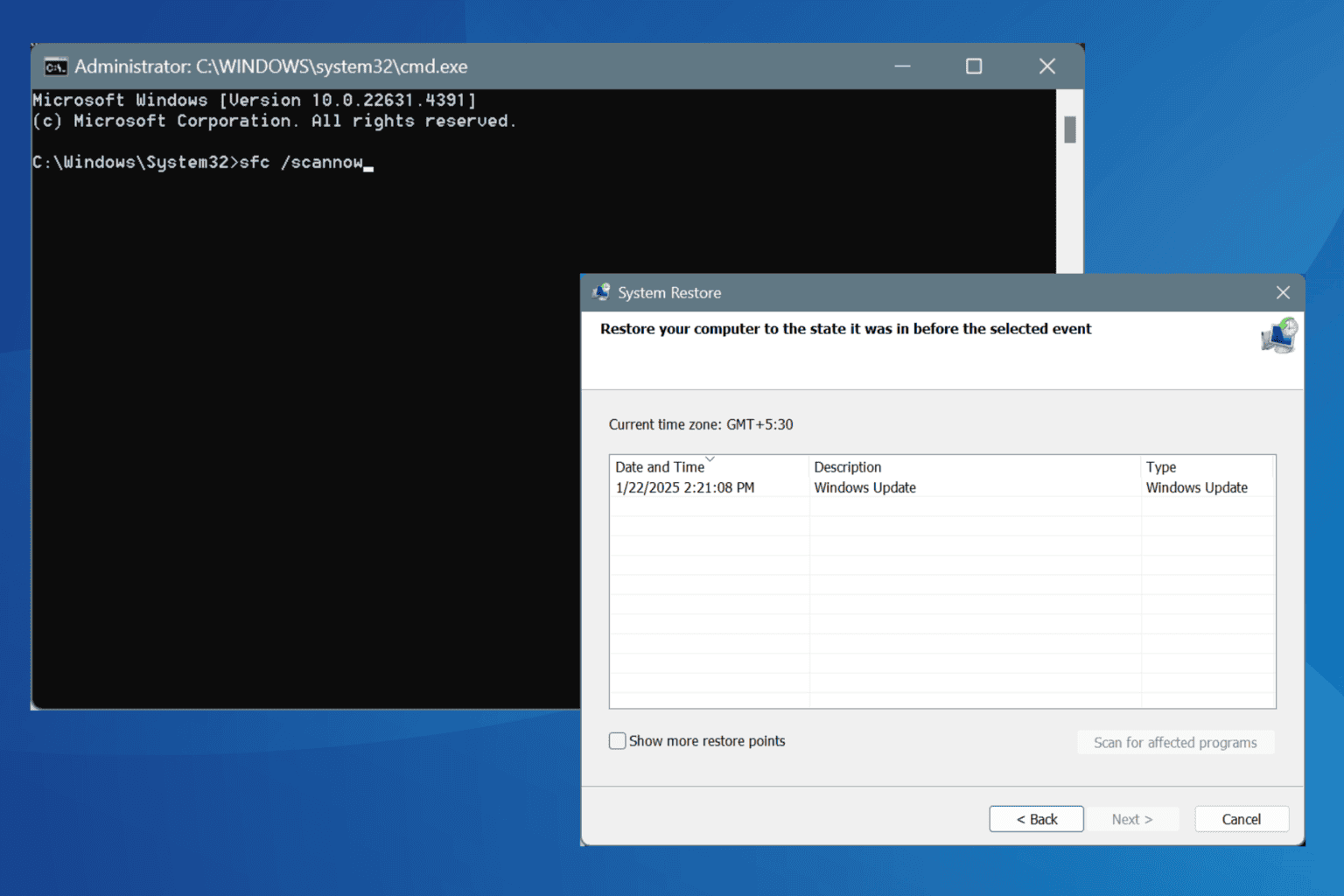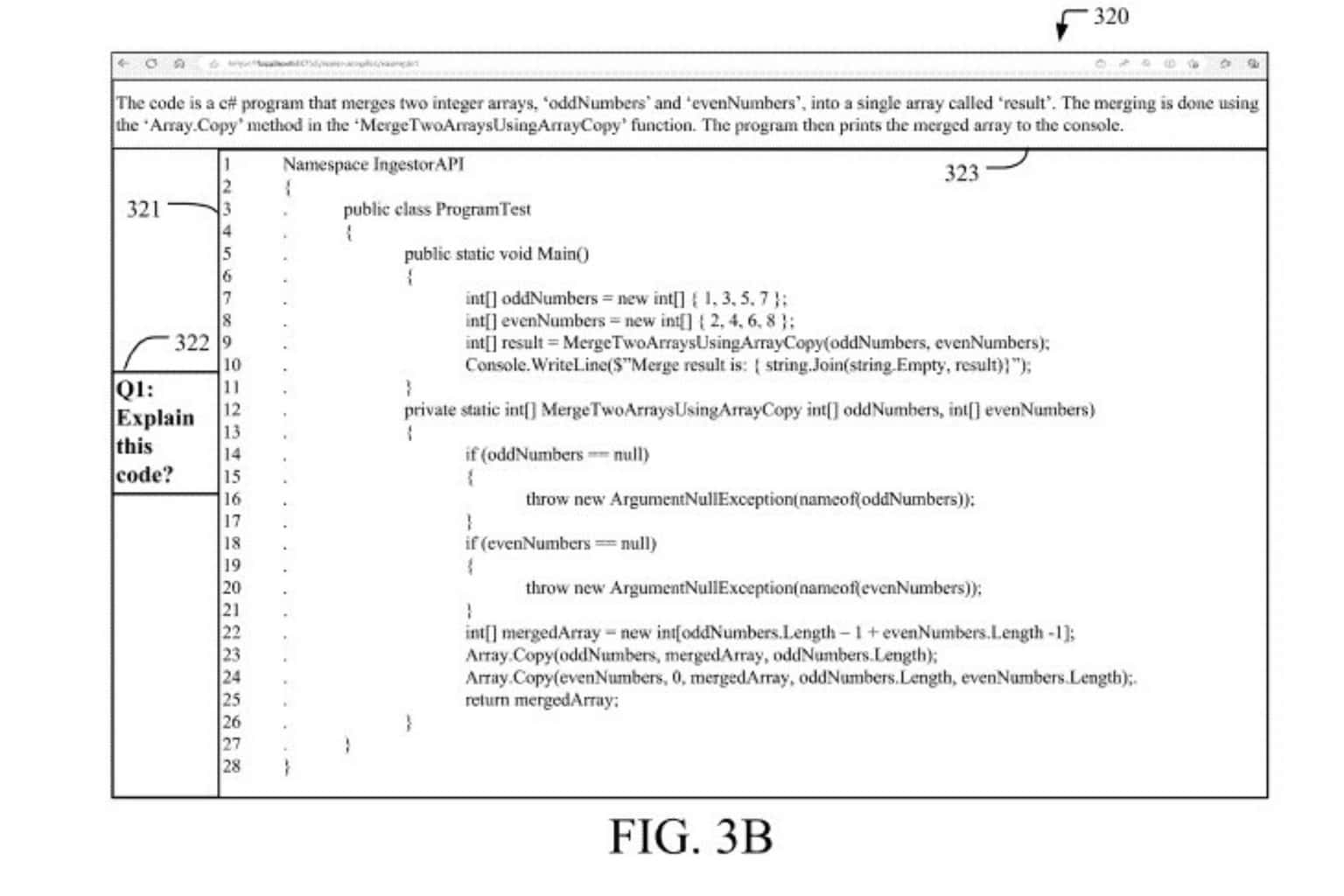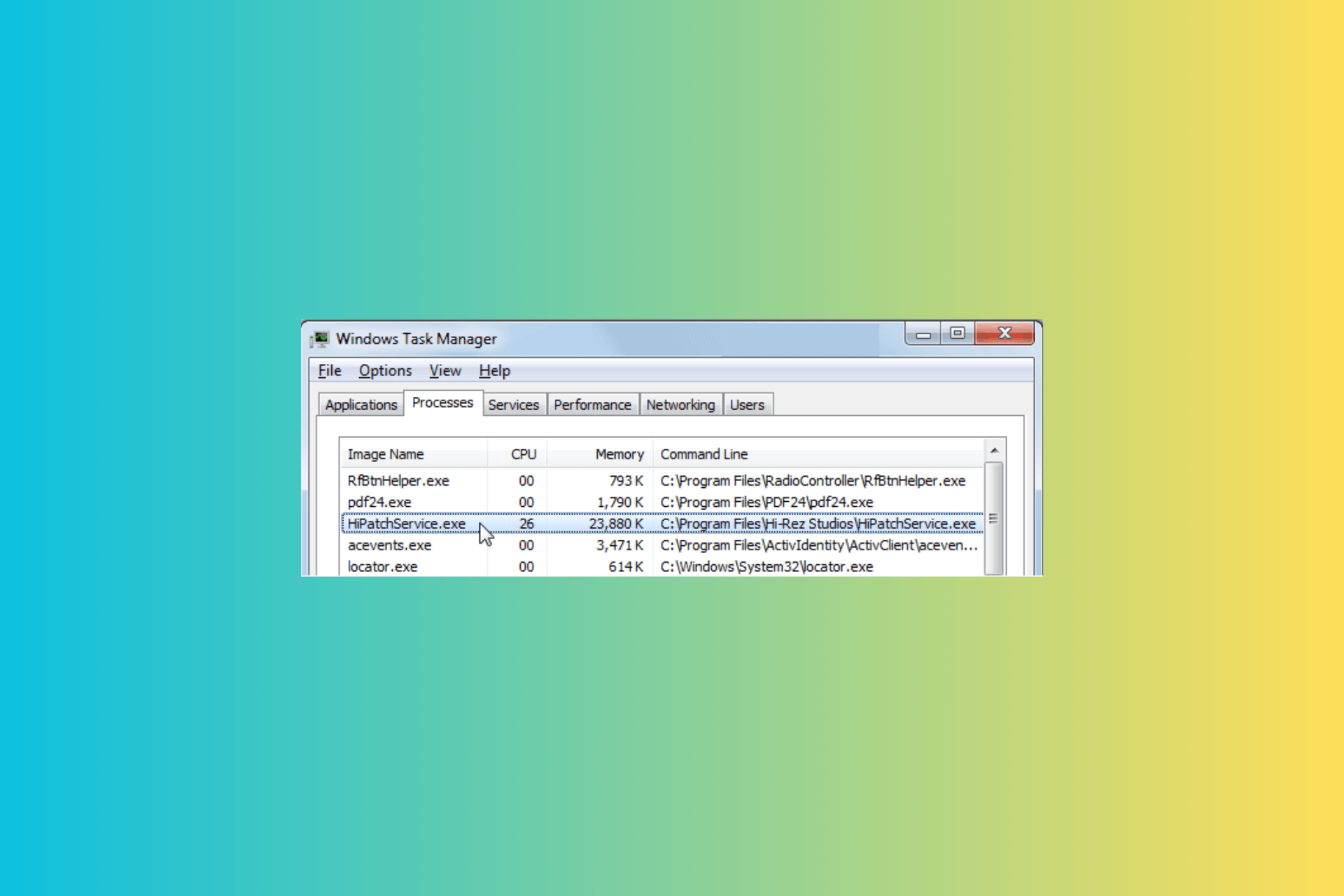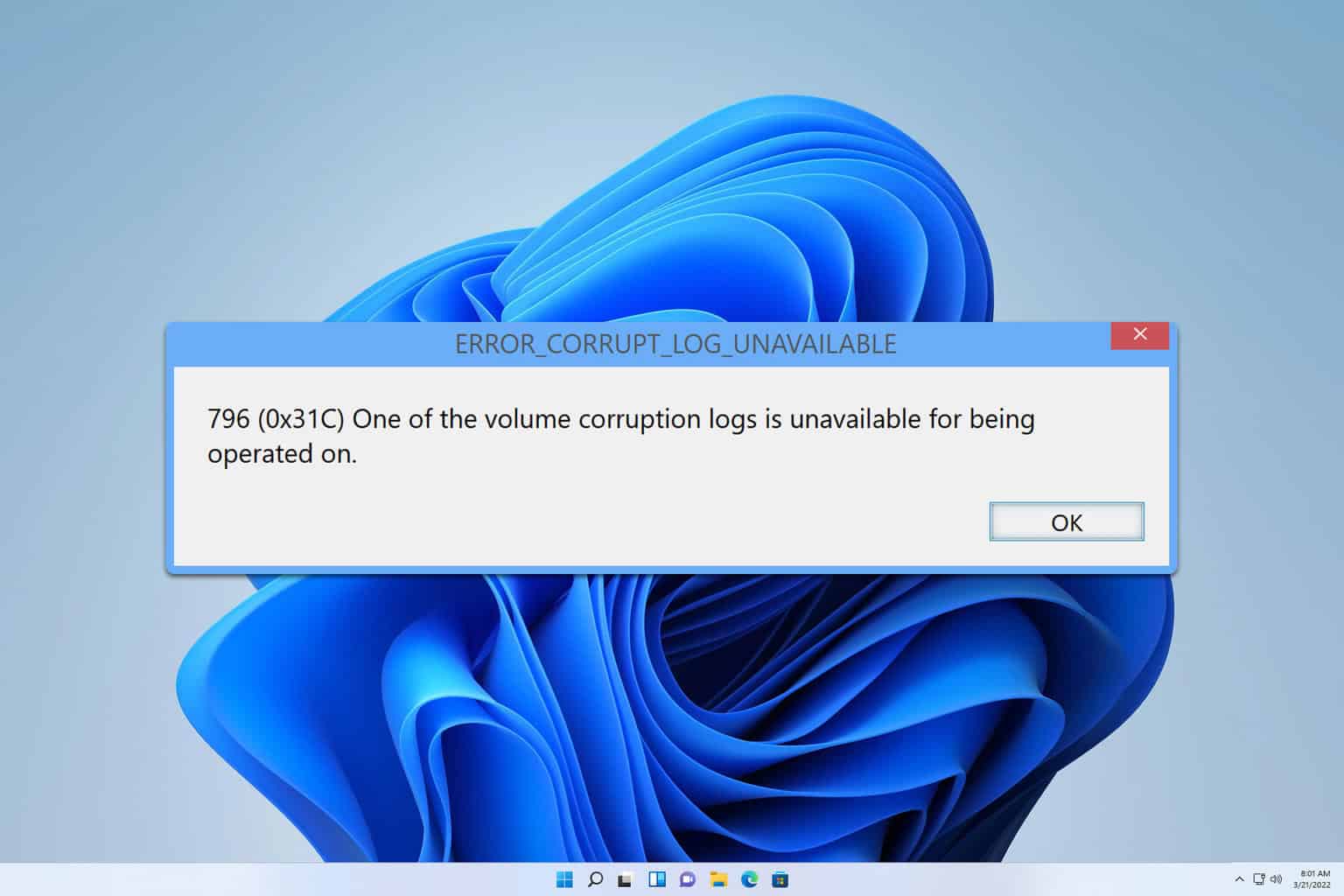Microsoft’s new Translator Cognitive Service can translate documents in a batch
2 min. read
Published on
Read our disclosure page to find out how can you help Windows Report sustain the editorial team. Read more

Microsoft has introduced a new Document Translation feature for its Azure Translator service in public preview. The company has announced that Translator Cognitive Service will now allow organizations to translate documents in a batch in various file formats preserving their original structure and layout.
“Translation of documents with rich formatting is a tricky business. We need the translation to be fluent and matching the context, while maintaining high fidelity in the visual appearance of complex documents. Document Translation is designed to address those goals, relieving client applications from having to disassemble and reassemble the documents after translation, making it easy for developers to build workflows that process full documents with a few simple steps.”, said Chris Wendt, Principal Program Manager.
The standard translation services that are currently available in the market have certain limitations. They support translating documents in plain text or HTML, and users can only translate a specific character count in one go. Customers need to manually split large documents into smaller pieces, translate them individually, and then combine the translated sections into a single document. This leads to a significant problem when translating large complex documents with rich content in them.
The incorporation of the Document Translation feature into the Azure Translator service brings more accuracy and reliability to translation. The cloud-based feature has the capability to process source documents by automatically recognizing the format of the input document, extract textual content, and translate it into the target language selected by the user.
It preserves the original format and layout as presented in the source document while reconstructing the translated document and saves it to a specific location on the device. The list of supported file formats includes HTML, Text, PowerPoint, Excel, Word, PDF, Outlook Message, and more.
Microsoft has been consistently working to improve its document translation technology, and this service will definitely help consumers translation agencies, large enterprises who frequently need to deal with volumes of complex documents. To get started, you will need to create a free Azure account, and you can find pricing details here and additional information on this page.









User forum
0 messages